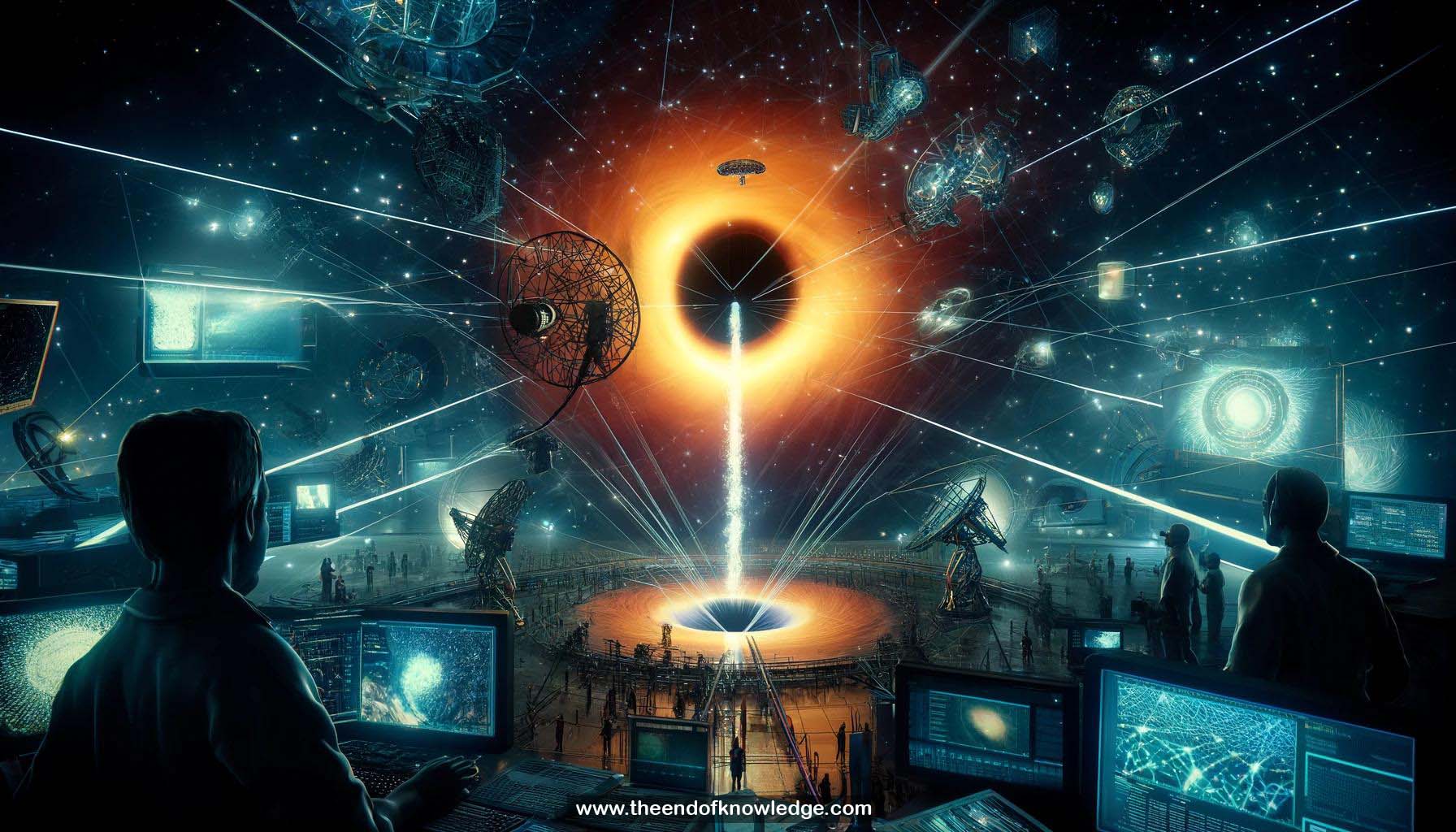 >
>
Concept Graph & Resume using Claude 3 Opus | Chat GPT4o | Llama 3:
Resume:
1.- Katie Bauman is an assistant professor at Caltech working on imaging the invisible, including black holes.
2.- Black holes are mysterious phenomena predicted by Einstein's theory of general relativity over 100 years ago.
3.- In April 2017, an Earth-sized telescope captured data to create the first picture of a black hole.
4.- The ring of light in the image is a signature of the black hole's event horizon.
5.- Taking the picture required an international collaboration of scientists building new instruments and algorithms.
6.- Bauman's group focused on reconstructing and validating the black hole images.
7.- Imaging black holes involves solving an ill-posed inverse problem with sparse and noisy data.
8.- Regularized maximum likelihood estimation was used to find a likely image that fits the data well.
9.- Multiple imaging pipelines were developed to handle the challenges in the Event Horizon Telescope data.
10.- Synthetic data was used to select hyperparameter modeling choices and assess the methods' performance.
11.- Uncertainty in the reconstructed images was explored by sampling from the posterior distribution.
12.- Deep Probabilistic Imaging (DPI) uses a neural network to efficiently sample from the posterior distribution.
13.- DPI extends regularized maximum likelihood estimation and provides a solid mathematical foundation for uncertainty quantification.
14.- The black hole in galaxy M87 is massive and static, allowing for imaging over the course of a week.
15.- Sagittarius A*, the black hole at the center of the Milky Way, is much smaller but closer to Earth.
16.- Gas orbits Sagittarius A* every 4-30 minutes, requiring methods to capture its time variability.
17.- Naive approaches to imaging Sagittarius A*'s evolution result in uninformative or overly smooth reconstructions.
18.- Modeling the persistent evolution of black hole sources as a stochastic advection-diffusion process provides a middle ground.
19.- The model balances flexibility and interpretability while being computationally efficient.
20.- Dimensionality reduction allows the estimation of the model's dynamics parameters without knowing the input forcing term.
21.- The projection residual loss function is used to estimate the underlying true parameters from sparse measurements.
22.- Improving both the algorithms and the instrument collecting the data is essential for extracting more science.
23.- The Event Horizon Telescope network is being expanded with more telescopes worldwide to improve data quality.
24.- Future arrays and improved algorithms may enable recovering the properties of gas circling Sagittarius A* over a night.
25.- Collaboration between astrophysics and computer vision, AI, and machine learning is crucial for advancing black hole imaging.
Knowledge Vault built byDavid Vivancos 2024